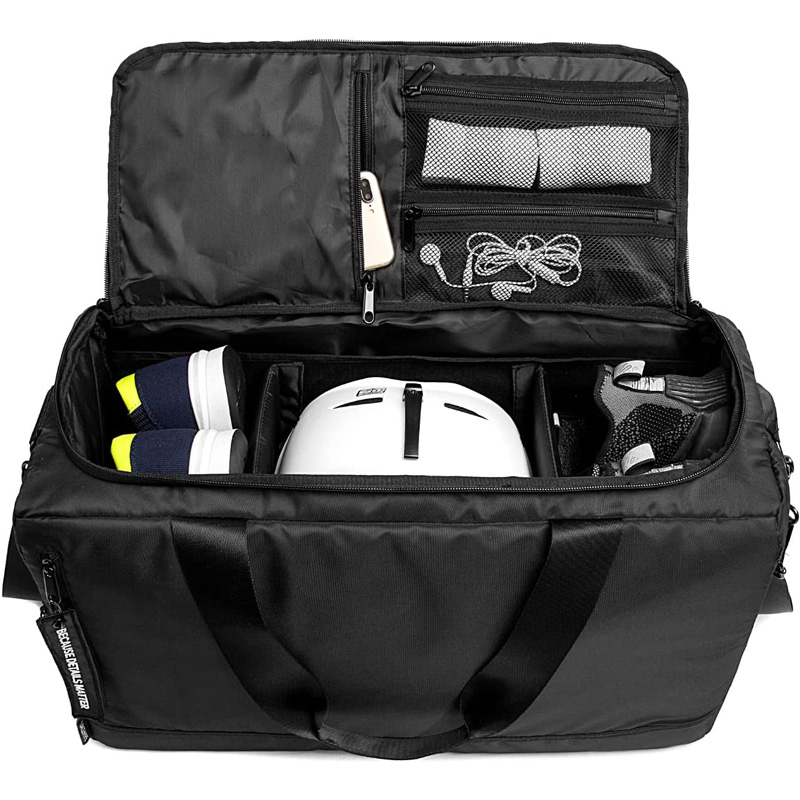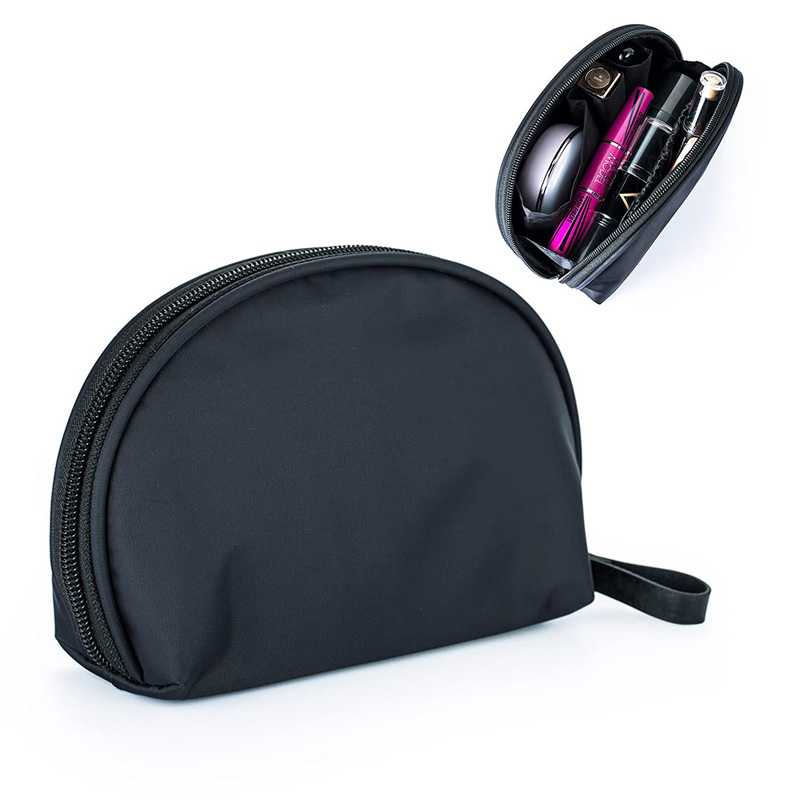The right color combination can transform a backpack from a mere accessory to a statement piece. Here are some principles for color coordination that can guide you in creating a custom backpack that's both visually appealing and harmonious.
1. Monochromatic Elegance:
Opt for a single hue and play with different textures and materials to add depth. A monochromatic backpack in black, for instance, can be elevated with a mix of nylon and leather, creating a sophisticated and sleek look.
2. Neutral Balance:
Neutral tones like black, gray, brown, and beige are versatile and easy to match with a variety of outfits. They provide a timeless and understated backdrop, allowing you to change the look of your backpack with different accessories.
3. Complementary Contrast:
Complementary colors are those that sit opposite each other on the color wheel. They create a vibrant contrast and can make your backpack pop. Pair blue with orange, or red with green for a bold and eye-catching effect.
4. Analogous Harmony:
Choose colors that are next to each other on the color wheel for a harmonious and calming effect. A backpack in shades of blue and green or purple and pink can create a cohesive and serene look.
5. Triadic Trifecta:
Select three colors that are evenly spaced around the color wheel. This typically includes one dominant color and two supporting colors. This method creates a balanced and interesting design.
6. Accent Power:
Add a pop of bright color as an accent on a backpack that is predominantly one color. A black backpack with red zippers or handles can make a strong fashion statement.
7. Ombré Elegance:
Use ombré shades for a smooth transition from one color to another. This technique creates a subtle and natural gradient effect on your backpack.
8. Pattern Play:
Incorporate patterns and prints to add color and interest. Camouflage, stripes, or geometric patterns can personalize your backpack and make it unique.
9. Metallic Touch:
Metallic tones like gold and silver can add a touch of modernity and glamour. Use them sparingly to accentuate certain features of your backpack.
10. Seasonal Shades:
Consider colors that reflect the seasons. Light pinks and greens for spring, bright colors for summer, warm browns and oranges for autumn, and deep blues and grays for winter.
11. Brand Colors:
If you want to show support for a particular brand or team, choose their signature colors. This is a great way to express your loyalty and love for a particular group.
12. Personal Color Analysis:
Select colors that complement your skin tone, hair color, and eye color. This ensures that the backpack's colors will coordinate well with your overall appearance.
Color coordination is an art that can elevate your custom backpack to new heights of style. Whether you prefer a monochromatic look, the contrast of complementary colors, or the harmony of analogous shades, the principles outlined above can guide you in creating a backpack that reflects your personality and taste.











